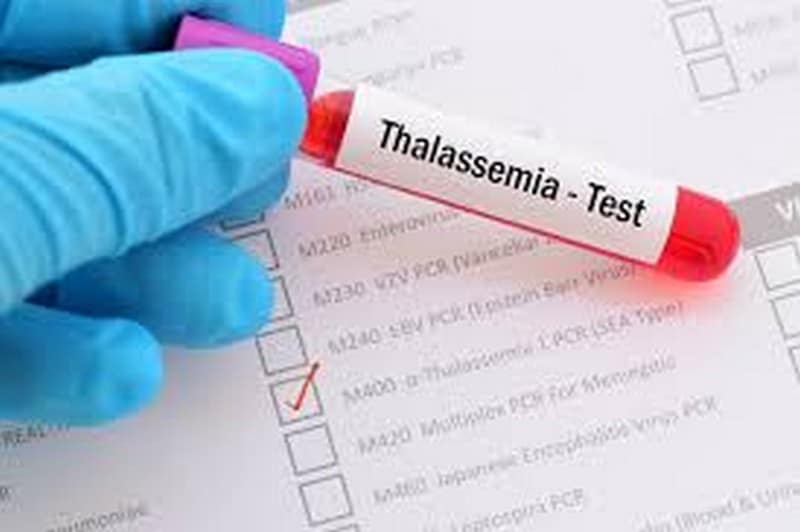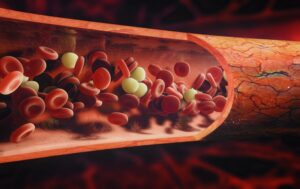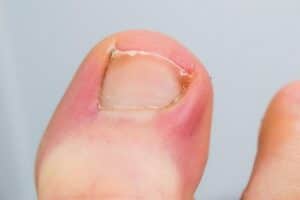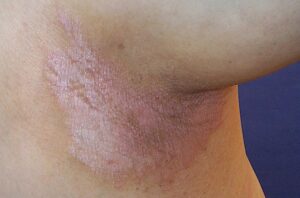Thalassemia

Thalassemia is an inherited blood disorder that affects the production of hemoglobin. Hemoglobin is the protein in red blood cells that carries oxygen to the body’s tissues. People with thalassemia can have a lower-than-normal number of red blood cells and hemoglobin. This can lead to microcytic anemia, which can cause fatigue, pale skin, and other symptoms.
Thalassemias are caused by mutations in the genes that encode hemoglobin. Hemoglobin is a protein consisting of four subunits, including two alpha subunits and two beta subunits. Thalassemias occur when there is a defect in one of the genes encoding either the alpha or beta globin subunit of hemoglobin. The severity of thalassemia depends on how many genes are affected and whether both alpha-globin and beta-globin are affected.
There are two types of thalassemia, namely alpha and beta-thalassemia. Alpha thalassemias occur when one or more of the four alpha-globin genes are mutated, while beta thalassemias occur when one or more of the two beta-globin genes are mutated. The most common type of alpha thalassemia is called hemoglobin H disease, while the most common type of beta thalassemia is called Cooley’s anemia.










